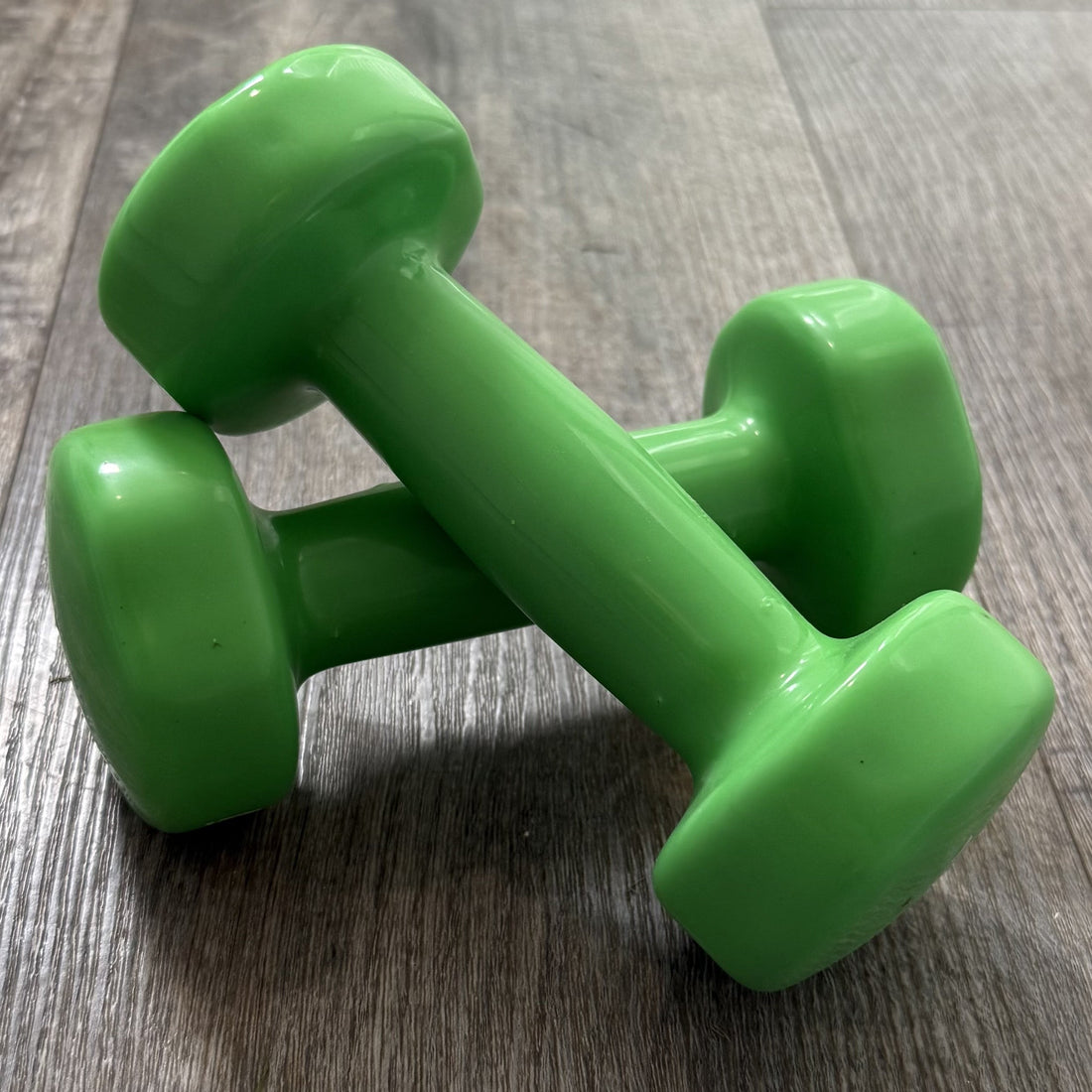When most people think of marathon training, they picture long runs, speed intervals, and endless miles. But there's a crucial piece of the puzzle that many runners overlook: strength training—particularly for the legs. Whether you're training for your first half marathon or aiming for a personal best in the full 26.2, building leg strength can significantly boost your performance and help prevent injury.
Why Strength Training Matters for Runners
Here’s why every runner—from beginner to veteran, young and old —should include strength training in their weekly routine:
1. Injury Prevention
Marathon training puts a lot of repetitive stress on the body. Strengthening muscles, tendons, and joints (especially around the knees, hips, and ankles) helps prevent common running injuries like IT band syndrome, shin splints, and runner’s knee.
2. Improved Running Efficiency
Strength training helps your body use less energy at a given pace. Stronger muscles and better neuromuscular coordination translate into a smoother, more efficient stride and better posture during long runs.
3. Increased Power and Endurance
Exercises that build power—like squats and step-ups—help you generate more force with each stride. That means better hill climbing, a stronger push-off, and the ability to maintain pace even when fatigue sets in late in the race.
4. Better Balance and Stability
Running is essentially a series of single-leg hops. Strengthening each leg individually improves balance, corrects muscular imbalances, and stabilises your gait.
Key Leg Strength Exercises for Marathon Runners
To support the demands of half and full marathon training, focus on these foundational leg exercises. They target the major muscle groups involved in running and can be done with bodyweight or added resistance:
✅ Squats (Bodyweight or Weighted)
- Targets: Quads, glutes, hamstrings, core
- Benefits: Builds foundational strength and helps maintain running form late in a race.
✅ Lunges (Forward, Reverse, Walking)
- Targets: Glutes, quads, hamstrings
- Benefits: Enhances single-leg strength and helps prevent side-to-side imbalances.
✅ Single-Leg Deadlifts
- Targets: Hamstrings, glutes, stabilizing muscles
- Benefits: Boosts balance and hip stability—crucial for long-distance running.
✅ Step-Ups
- Targets: Quads, glutes, calves
- Benefits: Mimics the upward drive of running and builds explosive power.
✅ Calf Raises (Double and Single-Leg)
- Targets: Calves
- Benefits: Improves push-off strength and reduces Achilles strain.
✅ Glute Bridges / Hip Thrusts
- Targets: Glutes, hamstrings
- Benefits: Strengthens your posterior chain, which helps with posture and stride control.
✅ Lateral Band Walks or Clamshells
- Targets: Glute medius and hip stabilisers
- Benefits: Supports pelvic stability and proper knee tracking.
Sample Weekly Strength Routine for Runners
Here’s how to incorporate these exercises into your marathon training:
Frequency:
✅ 2x per week (non-consecutive days like Tuesday & Friday)
Workout Structure:
- 3 sets of 10–12 reps per exercise
- Rest 30–60 seconds between sets
- Focus on form—quality over quantity
Example Workout:
- Bodyweight Squats – 3x12
- Reverse Lunges – 3x10 each leg
- Single-Leg Deadlifts – 3x10 each leg
- Step-Ups – 3x10 each leg
- Calf Raises – 3x15
- Glute Bridges – 3x12
- Lateral Band Walks – 2x10 steps each direction
💡 Progress gradually by adding dumbbells or resistance bands as you get stronger.
Final Thoughts
Strength training isn’t just “cross-training” for runners—it’s performance training. Whether your goal is to finish strong or shave minutes off your PR, building strong, balanced legs will help you run more efficiently, recover faster, and reduce injury risk.
Integrate this twice-weekly leg work out into your routine, and your body will thank you on race day.
Want more, take a look at our marathon leg strength program

